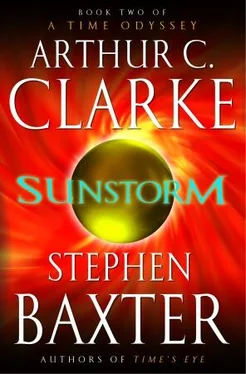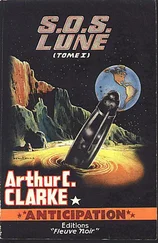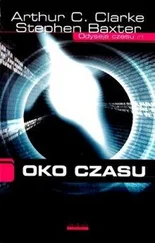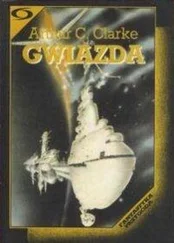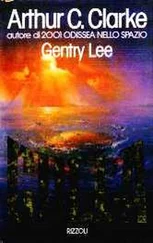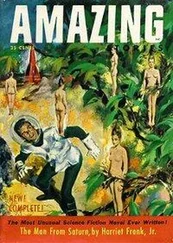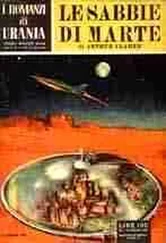Bisesa grinned. “Surely less than that if the factories do their job. And it isn’t so much. We’ve still got three years. You’d be surprised what Boy Scouts and Girl Guides can produce when they’ve a mind to do it.”
Siobhan shook her head. “This needs thinking through. But if it’s possible I’ll owe you a debt of gratitude.”
Bisesa seemed embarrassed. “It’s an obvious idea. If I hadn’t come up with it, you would have yourself—or somebody else.”
“Maybe.” She smiled. “I ought to introduce you to my daughter.” Saving the world is so 1990s disaster movie! Nobody believes in heroes anymore, Mum … This way, everybody would be a hero, she supposed. Maybe it would catch even Perdita’s imagination.
Bisesa asked, “Why did you show me this stuff?”
Siobhan sighed. “Because this is real. This is engineering. This is what we’re building, right now. I thought if you saw this—”
“It might puncture my fantasies,” Bisesa said.
“Something like that, maybe.”
“Just because something is big, indeed superhuman, doesn’t make it any less real,” Bisesa said evenly. “Or any less relevant. And anyhow, as I’ve said, you don’t have to believe me. Just look for proof.”
Siobhan stood up. “I really ought to get back to my meeting.” But she hesitated, intrigued despite herself. “You know, I’m open-minded enough to accept the existence of extraterrestrial aliens as a possibility. But what you’re describing makes no psychological sense. Why would these hypothetical Firstborn try to destroy us? And even if it were so, why would they give you these hints and glimpses? Why would they warn any of us—and why you ? …”
But even as she spoke, Siobhan thought of a possible answer to her objection.
Because there are factions among these Firstborn. Because they are no more united and uniform of view than humanity is—why should a more advanced intelligence be homogeneous? And because there are some of them, at least, who believe that what is being done is wrong. A faction of them, working through this woman, Bisesa, are trying to warn us.
This woman could be crazy, Siobhan thought. Even after meeting her, she was ninety percent sure that was true. But her story did make a certain sense. And what if she was right? What if an investigation did turn up evidence to back her claims? What then?
Bisesa was watching her, as if reading her thoughts. Siobhan didn’t trust herself to speak again, and she hurried away.
***
When she got back to the Council Room, the level of chatter among the population of heads dropped a little. She stood in the middle of the room and peered around. “You’re all acting as if you’ve got something to be ashamed of.”
Bud said, “Perhaps we have, Siobhan. It’s beginning to look as if things aren’t as black as we painted them. The issue of the solar pressure and positioning—one of us came up with a solution. We think.”
“Who?” Siobhan faced Rose Delea. “Rose. Surely not you. ”
Rose actually looked embarrassed. “Actually it was our conversation earlier. When I said something about how we’d have no problem if the sunlight was allowed to pass straight through the shield? It got me thinking. There is a way we could make our shield transparent. We don’t reflect the sunlight. We deflect it …”
The shield would be made clear, but scored on one side with fine parallel grooves: prisms.
“Ah,” Siobhan said. “And each ray of sunlight would be turned aside. We’d be building, not a mirror, but a lens, a huge Fresnel lens.”
It would be an all-but-transparent lens that could turn the sunlight away a little, by only a degree or less. But that would be sufficient to spare the Earth from the blast of the sunstorm. And a lens would suffer only a fraction of the photon pressure of a fully reflective mirror.
Rose said, “It’s really no more of a manufacturing challenge than our current design. But the total mass could be much less.”
“And so we’re back in the realms of feasible design solutions?” Siobhan asked.
“With a vengeance,” Bud said, beaming.
Siobhan glanced around. Now she saw restlessness in their expressions, even eagerness; they were all keen to get back to their people, to begin exploring this new idea. It was a good team, she thought with pride, the best there was, and she could trust them to take this new idea and worry it until it was thoroughly integrated into the design and the construction program—by which time the next obstacle would have appeared, and they would all be back here again.
“Another bit of good news before we close,” she said. “I may have a solution to the nanotech manufacturing problem too.”
Eyes widened.
She smiled. “It will keep. I’ll mail you the details when it’s fleshed out a bit more. Thank you, everybody. Meeting closed.”
The screens winked out, one by one.
“You old ham,” Toby grinned.
“Always leave them wanting more.”
“Were you serious about the smartskin issue?”
“Needs work, but I think so.”
“You know,” Toby said, “mathematically speaking L1 is a turning point—a point where a curve changes direction, from downhill to up. That’s why it’s a point of equilibrium.”
“I know that—ah. You think we’ve gone through a turning point on the project today?”
“What do you think?”
“I think you should leave the headlines to the journalists. Okay. What’s next?”
In March 2040—with another dismal Christmas come and gone, and just a little over two years left before sunstorm day—Miriam Grec decided to visit the shield construction site in person. And that meant flying into space, for the first time in her life.
As she was driven away from the Euro-needle that day she felt guilty but excited, like a child playing hooky from school. But she needed a holiday; her friends and enemies alike would agree on that, she thought wryly.
***
London’s Heathrow had been an airport for a century, and now it was a spaceport too. And, sitting on a long, hardened runway in the watery sunlight, the spaceplane looked quite remarkably beautiful, Miriam thought.
The Boudicca was a slim needle some sixty meters long. It had alarmingly small vanes at its nose and tail, and even its main wings were just stubby swept-back deltas. Mounted on the wingtips were fat, asymmetrical nacelles that contained the principal rocket motors—or rather they would work as rockets in the vacuum of space, but in Earth’s atmosphere they breathed air like jet engines. The plane’s upper surface was a dull white ceramic shell, but its underside was coated with a gleaming black plate, a heat shield for reentry, made of a substance that was a remote descendant of the thermal tiling that had given the venerable space shuttle so much trouble.
Despite the ground support vehicles that clustered around it and the clouds of vapor steaming from its tanks of cryogenic fuel, the plane really did look as if it belonged to another order of creation entirely, and had only diffidently set down here on Earth. But it was a working ship—indeed, a veteran of space. That gleaming outer hull was punctured with the nozzles of attitude control rockets around which the surface was scarred and blistered, and repeated reentries had splashed scorch marks over its underside.
And the plane was proudly British. While the tailplane bore on one side the starry circle of the Eurasian Union, on the other side waved an animated Union flag, and on the spaceplane’s wings and flank were painted the famous roundels of the Royal Air Force, a reminder that this soaring bird of space could be called on to serve military duties.
Читать дальше
